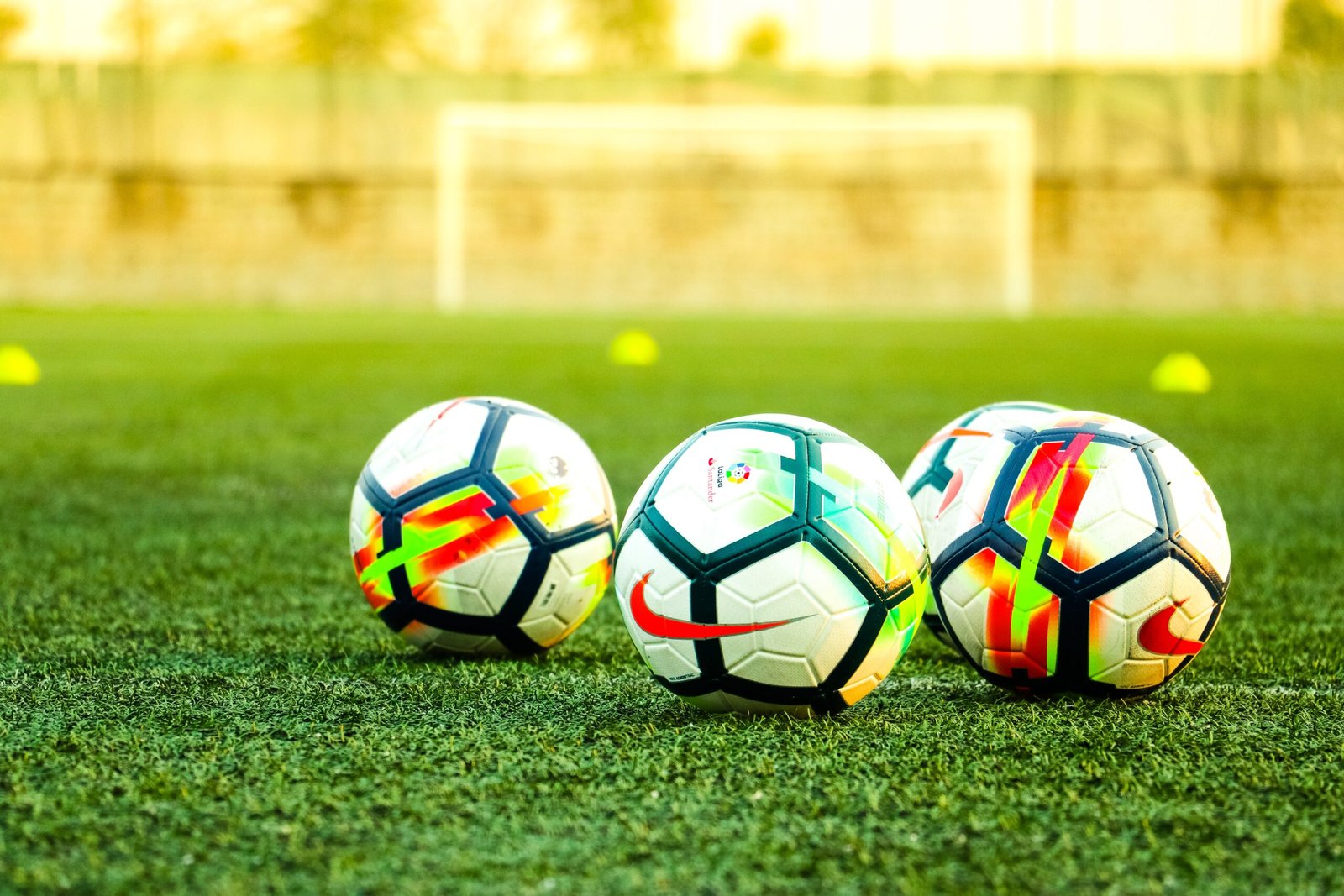Table of Contents
Discover 25 small sided games for soccer that can help players improve their skills and enhance their overall performance. These examples games focus on agility, speed, decision-making, passing accuracy, communication, teamwork, shooting accuracy, spatial awareness, passing technique, movement off the ball, defensive skills, positioning, and one-on-one duels. Incorporate these games into your training sessions and watch your team’s performance soar!
Soccer is a team sport that requires players to have excellent technical skills, tactical awareness, and physical fitness. One effective way to develop these attributes is through small sided games. Small sided games are modified versions of the traditional 11-a-side game, played with fewer players on a smaller field. In this article, we will explore 25 small sided games for soccer that can help players improve their skills and enhance their overall performance.
The Benefits of Small Sided Games in Soccer
Soccer, also known as football, is one of the most popular sports worldwide, with millions of players and fans. Traditionally, soccer matches are played with 11 players on each team, but there is a growing trend towards small-sided games. Small-sided games are played with fewer players, typically 5v5 or 7v7, on a smaller field. In this article, we will explore the benefits of small-sided games in soccer and why they are becoming increasingly popular.
1. Increased Involvement
One of the key advantages of small-sided games is that they allow for increased involvement of each player. With fewer players on the field, everyone gets more touches on the ball and has more opportunities to participate in the game. This increased involvement leads to improved skill development, as players have more chances to practice their passing, dribbling, and shooting.
Moreover, small-sided games promote better decision-making skills. Players must constantly assess the situation and make quick decisions, as the smaller field and fewer players require faster thinking. This enhances their ability to read the game and react accordingly, which is a crucial skill in soccer.
2. Improved Fitness
Playing small-sided games is an excellent way to improve fitness levels. The smaller field size and increased intensity of the game result in more running and constant movement. Players have to cover a larger area of the field, which improves their cardiovascular endurance and stamina.
Additionally, the fast-paced nature of small-sided games helps players to develop their speed and agility. With fewer players to pass to, players need to move quickly to create space and find open teammates. This constant movement and change of direction contribute to improved agility, balance, and coordination.
3. Enhanced Tactical Understanding
Small-sided games provide an ideal platform for players to develop their tactical understanding of the game. With fewer players on the field, players have more opportunities to experiment with different positions and roles. They can try out various formations, understand the importance of spacing, and learn how to work together as a team.
Moreover, small-sided games encourage players to think strategically and make effective use of limited resources. They learn to adapt to different game situations, such as playing with a numerical advantage or disadvantage. This tactical awareness gained from small-sided games can be transferred to larger matches, where players can make better decisions based on their experiences in smaller games.
4. Increased Goal Scoring Opportunities
Small-sided games often result in higher scoring matches compared to traditional 11v11 games. The smaller field size and fewer players make it easier to create goal scoring opportunities. Players have more space to maneuver and can get closer to the goal, leading to more shots and goals.
This increased goal scoring not only makes the game more exciting but also boosts players’ confidence. Scoring goals is a fundamental aspect of soccer, and the more opportunities players have to practice and succeed, the more confident they become in front of the goal.
Small Sided Games Ideas
Here are few examples of SSG you can implement in your training sessions.
[Not a valid template]1. The Numbers Game
In this game, divide the players into two teams and assign each player a number. The coach will call out a number, and the players with that number must quickly touch a designated spot on the field. This game helps improve players’ agility, speed, and decision-making skills.
2. Possession Race
In this game, divide the players into two teams. Each team must try to keep possession of the ball for as long as possible. The team that completes a certain number of passes without losing possession wins a point. This game helps improve players’ passing accuracy, communication, and teamwork.
3. Target Practice
In this game, set up several targets (cones or small goals) around the field. Divide the players into two teams and place a goalkeeper in each goal. The objective is to score points by hitting the targets. This game helps improve players’ shooting accuracy, decision-making, and spatial awareness.
4. Triangle Passing
In this game, set up three cones in the shape of a triangle. Divide the players into groups of three and have them pass the ball to each other, using the triangle as a reference point. This game helps improve players’ passing technique, movement off the ball, and understanding of angles.
5. Man-to-Man Challenge
In this game, assign each player a partner from the opposing team. The objective is for each player to prevent their partner from receiving or passing the ball. This game helps improve players’ defensive skills, positioning, and one-on-one duels.
Conclusion
Small sided games are a valuable tool in soccer training. They provide players with more touches on the ball, increased decision-making opportunities, and a chance to work on specific skills in a game-like setting. The 25 small sided games mentioned in this article are just a few examples of the many variations that can be used to enhance players’ development. Incorporate these games into your training sessions and watch your team’s performance soar!

Thank you for being of assistance to me. I really loved this article.